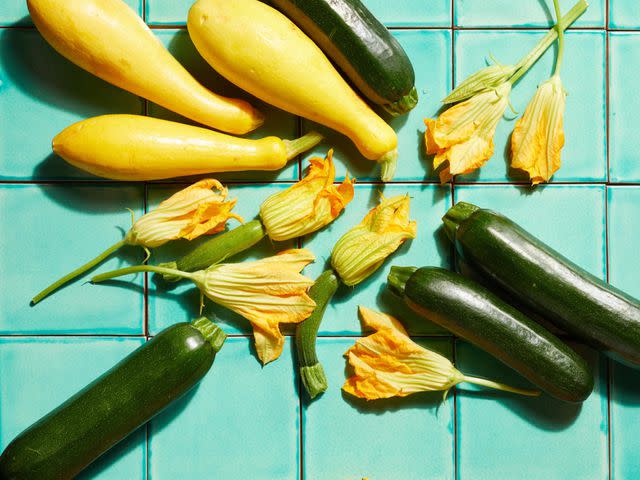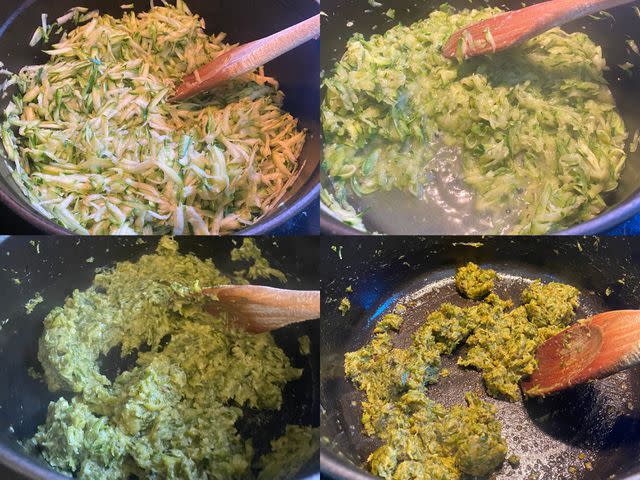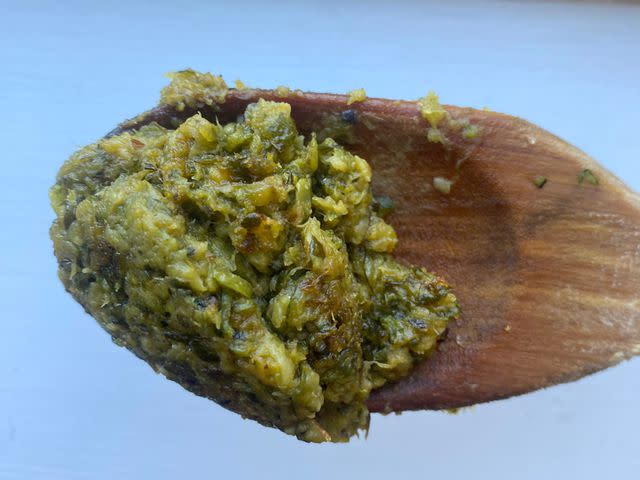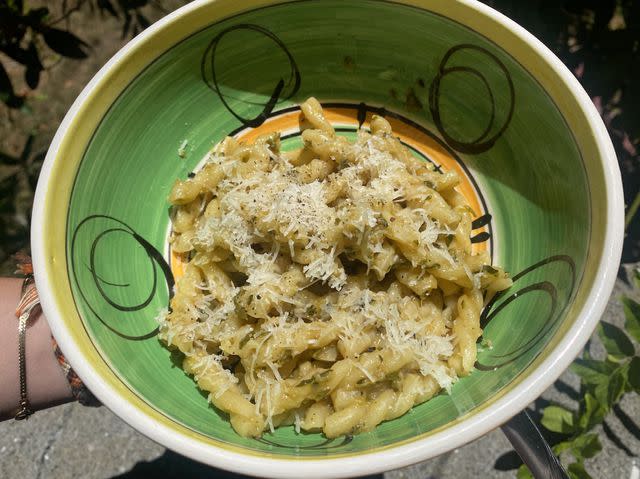The Best Way To Cook Zucchini, According to a Food Editor
Guaranteed to convert even the most adamant zucchini haters.
If you've been to a farmer's market lately (or taken a peek at your neighbor's garden), you'll know that we're in peak zucchini season. Say you got overzealous and bought one too many at the market, or maybe your garden or local CSA is delivering the veggies at a rate you can't keep up with. We've all had a moment of "this is too much zucchini."
Of course, we've got hundreds, if not thousands, of top-rated zucchini recipes to inspire your creativity in the kitchen. But what if you're not a huge fan of the veggie (well, technically fruit) to begin with? I would fall into that camp. Luckily, in exploring ways to use up my bounty, I discovered what I think is the best way to cook zucchini.
This method turns what can be watery and tasteless into something deeply savory and utterly delicious. And the best part is there are no secret ingredients, chef-level techniques, or complicated steps. All it takes is a little patience.

Allrecipes
Why You Should Caramelize Zucchini
You've heard of caramelized onions, but have you heard of caramelized zucchini? Just as you can cook down onions to caramelize the natural sugars, you can do the same thing with any fruit or vegetable to make it sweeter and concentrate its flavor. It just takes some time.
I first saw the method on Smitten Kitchen, one of my favorite cooking blogs. From there, I kept seeing the same method employed on all kinds of summer squash. Once I gave it a shot, I was immediately hooked. It converted me—an adamant zucchini hater (scarred by zoodles!)—to someone who actively sought out the vegetable. It's become my go-to method for squash of all kinds, and it's really a game changer for anyone who finds themselves with an excess of the stuff. Here's why it works.
Zucchini is an incredibly water-dense piece of produce (it's almost 90% water!), which can explain why the flavor and texture can sometimes be a little...well, watery. But that's what makes it such a good candidate for a process like caramelization. By drawing out the water then cooking it off, you're massively concentrating the zucchini's flavor. Instead of tasting like nothing, caramelized zucchini tastes like the essence of great, sweet summer squash.
How to Caramelize Zucchini
The process couldn't be easier. Start by grating or slicing your zucchini. It's important to start with a lot of zucchini—at least 3-4 medium-large zucchini—since it will cook down significantly (see the photos below). This is part of what makes it so great for this time of year: You can make a big dent in your bounty all at one time.
From there, heat a good amount of olive oil or butter (at least 3-4 tablespoons) in a large sauté pan or cast iron skillet. The bigger the pan, the quicker it will cook down, since more zucchini can come into contact with heat. You can season the oil before you add the zucchini with garlic, shallots, spices, or red pepper flakes, but it's totally up to you.
Once the oil, butter, or combination thereof is heated, add all of the zucchini. If the pan seems crowded at first, don't worry. Season with salt and toss to begin drawing out the moisture. In the first 5-10 minutes, you will notice a lot of water in the pan. In the following 10-15 minutes, the water will start to bubble and cook off. In the final 15-20 minutes, all of the water will cook off and the zucchini will start to caramelize and brown.

Courtney Kassel
Caramelized zucchini at 5 minutes, 15 minutes, 25 minutes, and 35 minutes.During the final 5-10 minutes of cooking, stir frequently. If it starts to stick to the bottom of the pan, add a little more oil or deglaze with some water or broth, and remove any browned bits from the pan with a wooden spoon. You will know it's done when the zucchini starts to clump together, and looks darkened in color and slightly browned.

Courtney Kassel
The final product: caramelized zucchini.The caramelization process can take a fairly long time, around 30 to 45 minutes, depending on your pan and heat levels. If you want to babysit it less you can cook it on low-medium heat, stirring every 5-10 minutes, until the last few minutes when you'll want to stir frequently. If you want to speed up the process, you can cook it over higher heat, but will need to stir more often to ensure it doesn't burn. Since it takes some time, I recommend making a lot at once to make it worth your while.
The end product is almost unrecognizable as zucchini in taste, texture, and look—which also makes it perfect for picky eaters. And yet, it's so delicious, and tastes almost toasty and sweet due to the sugars browning. Now, for all the ways to enjoy it.
How to Serve Caramelized Zucchini
The possibilities are endless. Serve the caramelized zucchini over goat cheese on crostini for an easy, elegant appetizer. Treat it like a spread and use it as a flavor-packed layer of a turkey sandwich or grilled cheese. Or, my favorite way, treat it like a sauce for pasta.

Courtney Kassel
I add it to cooked pasta along with a little pasta water and Parmesan or Pecorino to emulsify the ingredients, and it becomes the most luxurious summertime sauce. This is probably one of my most-cooked summer dinners, and one I serve to guests often because it's a guaranteed crowd-pleaser. I implore you to try it with any summer squash that you come into an abundance of this season—I promise you'll never look at zucchini the same way again.
Read the original article on All Recipes.


